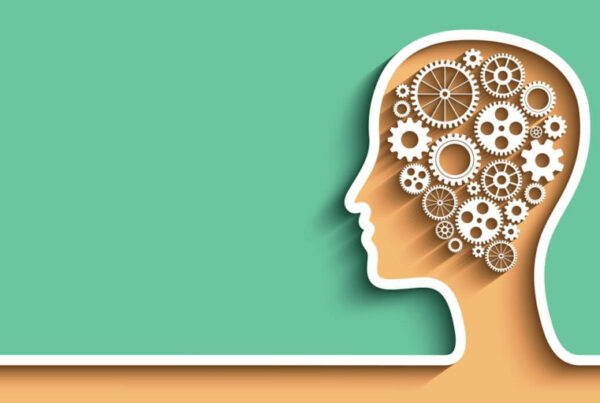If you have ever sat in traffic during your commute for longer than 10 minutes, then this is for you.
- Traffic congestion is a common problem throughout larger cities.
- Intelligent transportation systems and other apps may be able to help with traffic congestion.
- ITS and how it can help play a part in easing traffic congestion.
We all know that traffic congestion, especially among larger cities, is a real problem that we need to address. Every day there is more wear and tear on roadways the longer people are sitting in traffic, they are wasting more time and fuel, along with contributing to the greenhouse gas emissions. This is a problem we need a solution to.
A couple of solutions could be using intelligent transportation systems, known as ITS, that leverage robust 511 traffic information systems, and using apps like Waze and Google Maps could really help ease congestion. ITS solutions use a multitude of electronic and communication technologies that efficiently take data of toll collections, ramp meters that control the flow of traffic entering the freeway, and traffic signal coordination to enhance directional movements. ITS would help commuters make better-informed decisions for their departures, routes, and mode of travel by giving them real-time traffic, accident, and construction information by using websites and apps.
Intelligent transportation systems are most effective when commuters use online services, such as Waze and Google Maps, and when state governments incorporate more advanced functions into the 511 traveler information systems. We are not only helping ourselves with making better traveling decisions, we are helping local governments develop urban traffic management capabilities.
Overall, implementing ITS to help with traffic congestion will be a big benefit to our CO2 emissions, save on fuel consumption, but the technology with real-time traffic apps can help individuals save money and be more effective with their travels. Link to Article











